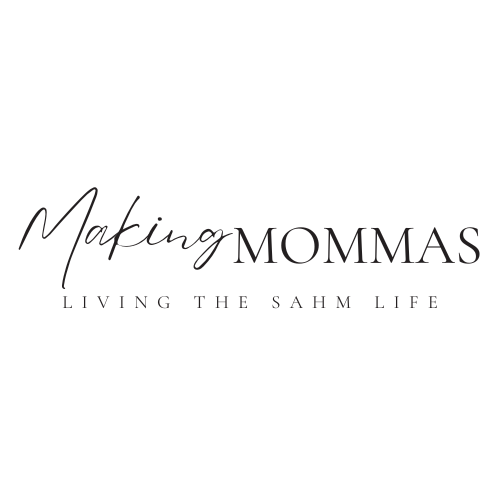In this article:
Toggle- What Are ‘Filler Activities’?
- How Do You Incorporate Filler Activities into a Daily Routine?
- How Do You Create Your Own Filler Activities?
- What Are Filler Activities for Toddlers?
- What Are Filler Activities for Preschoolers?
- What are Filler Activities for Kindergarteners?
- Can Filler Activities Be Educational?
- How to Keep Filler Activities Fun and Engaging?
- What Are Some Examples of Filler Activities for Different Age Groups?
- How to Rotate Filler Activities to Avoid Boredom?
- What Are Some Affordable Filler Activities?
- How to Handle Children’s Resistance to Filler Activities?
- What Are the Benefits of Filler Activities?
- At the End of the Day…
- Before You Go!
- More on Filler Activities
Learn about the importance of filler activities in your stay-at-home mom schedule and how to incorporate them into your busy day.
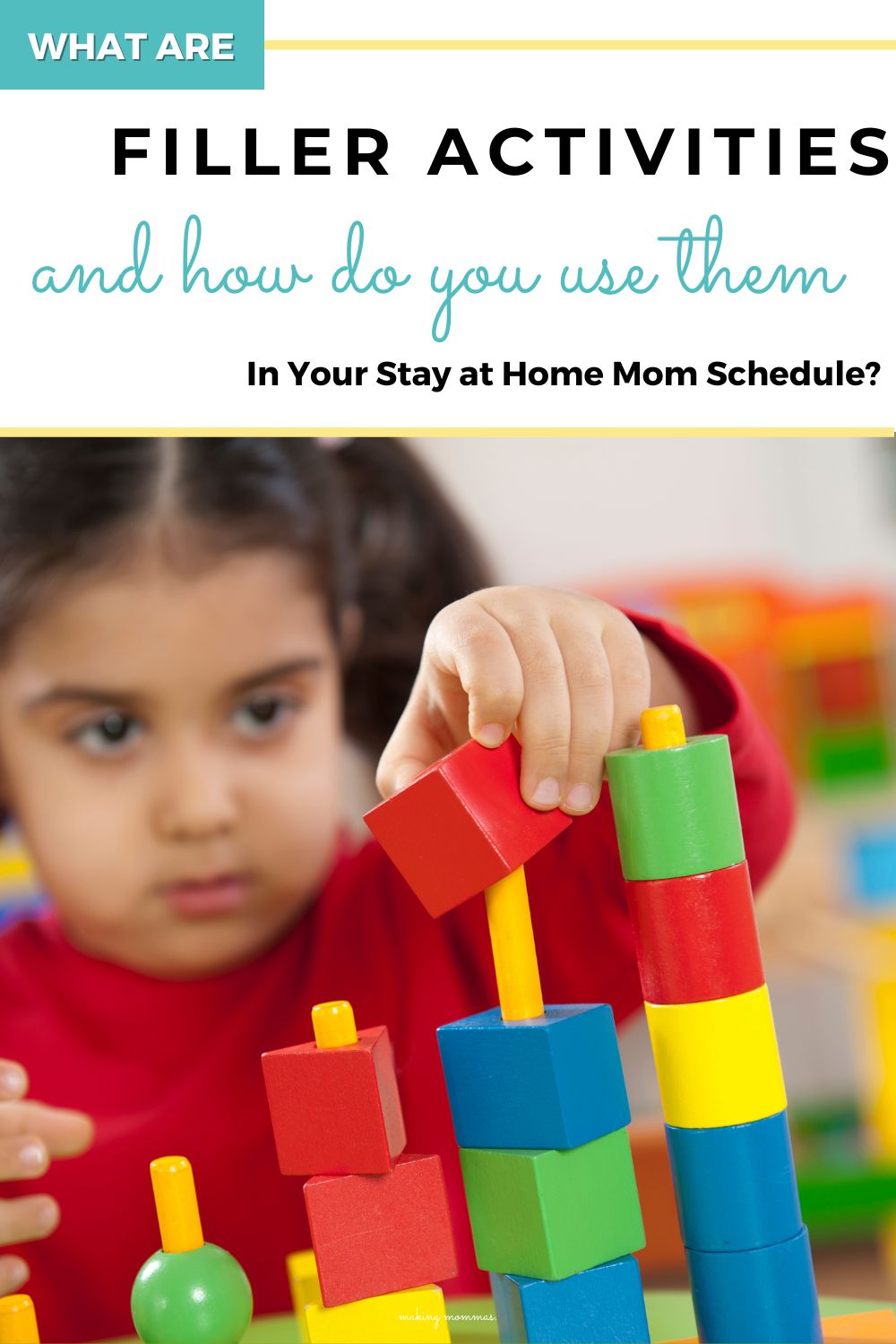
Hey there momma! So, as a stay-at-home mom (SAHM), you might be familiar with the concept of “filler activities.”
These are basically quick and easy activities that you can use to fill up your free time. They’re great for learning or for keeping your kids busy while you handle other tasks.
Filler activities can include craft projects, fun games, child-friendly chores, educational worksheets, and more. They’re designed to be engaging and interesting for your little ones, fitting perfectly into your busy daily routine.
They strike a balance between keeping your child occupied and promoting their cognitive development.
Let’s dive into the world of these “filler activities” and see how they can seamlessly fit into your SAHM schedule. Sound good?
What Are ‘Filler Activities’?
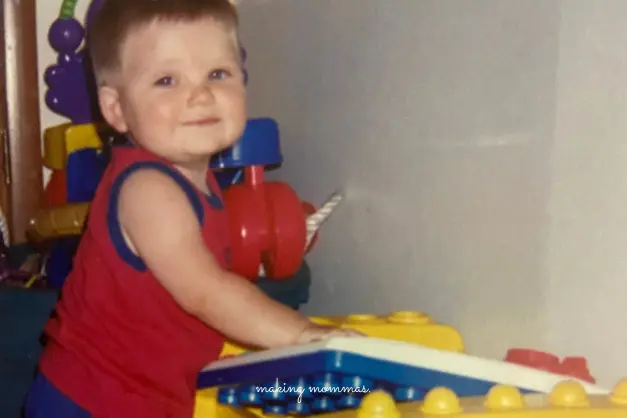
‘Filler activities’ are basically educational and entertaining activities that you can easily incorporate into your daily routine on those days when you really don’t have much else to do.
Thus, they ‘fill in’ that empty space in your schedule! Brilliant, ‘eh? 😉
But don’t let the term ‘filler’ fool you – while these activities keep your children occupied, they also play a crucial role in their cognitive and skills development. They cover a wide range of tasks, like simple crafts, puzzles, child-friendly chores, and fun games, each designed to stimulate different aspects of your child’s growth.
They help improve fine motor skills, problem-solving abilities, and promote creativity and independent learning.
For stay-at-home moms, these ‘filler activities’ serve a dual purpose. They not only fill in the boring bits of your daily schedule, and keep your kids engaged, but, depending on the activity, they can also give you some much-needed breathing space in your schedule.
It’s all about finding the right balance, and with a list of ‘filler activities’ at your disposal, you can ensure that each day is a mix of fun, learning, and efficiency.
Here are a few examples of ‘filler activities’:
- Quiet time activities: These are perfect for when you need to get some work done, but your child still needs to wind down. Activities like coloring books, puzzles, and playdough can keep them entertained without making a lot of noise.
- Music: Music is a great way to keep kids engaged and entertained. You can introduce them to different genres, have dance parties, or even create musical instruments using household items.
- Movement activities: For high-energy kids, incorporating movement-based activities can help them release some of that energy while still being productive. Activities like yoga, jumping jacks, or an obstacle course can keep them active and engaged.
- Educational activities: Filler activities can also be a great way to reinforce learning from school. You can try simple experiments, math games, crafts, or even reading together to make sure your child is still learning while having fun.
- Storytime: Reading a book or telling stories is not only a great way to bond with your child, but it also helps improve their language and cognitive skills. You can make it more interactive by asking them questions about the story or having them act out different characters.
- Playtime: Sometimes, the best filler activity is simply letting your child play. Whether it’s with toys, building blocks, or dress-up clothes, unstructured playtime can allow them to use their imagination and creativity.
- Field Trips: If you have the time and resources, taking your child on a field trip can be a fun and educational filler activity. You can visit museums, zoos, parks, or even just explore different areas in your city.
It’s important to have a variety of filler activities ready for your child. These activities should not just keep them occupied, but also help them grow and learn.
From quiet playdough sessions to boisterous music dance-offs, from educational math games to imaginative playtime, and even exciting field trips – there’s a whole spectrum of activities to choose from.
Remember, the goal is to make the most of your child’s time in a way that’s both fun and constructive.
How Do You Incorporate Filler Activities into a Daily Routine?
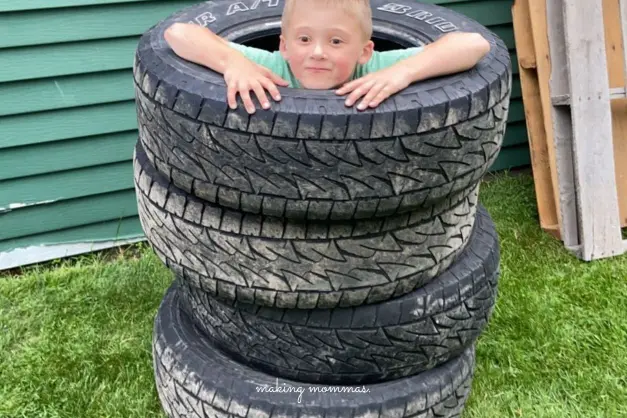
If you’re looking to incorporate some filler activities into your daily routine, I’ve got some tips to make it a breeze.
First things first, take a look at your schedule and find those little pockets of free time where you can squeeze in these activities. Mornings, afternoons, or weekends could be perfect for that.
Once you’ve identified the right times, gather all the stuff you need for each activity. For example, if you’re planning a craft project, make sure you’ve got paper, glue, and all the craft supplies handy.
Keep them all in one dedicated box or bag, so you can easily grab them whenever you’re ready.
Now, let’s talk about the space. Depending on the activity, you might need some open space for physical games, a cozy corner for reading, or a table for arts and crafts.
Just make sure it’s a safe and accessible space where your creativity can flow.
Remember, flexibility is key. It’s totally alright if you need to switch things up or skip an activity every now and then. The important thing is to create a balanced routine that works for you and your child, adapting to their needs and interests.
So go ahead and have some fun with these filler activities. You’ve got this!
How Do You Create Your Own Filler Activities?
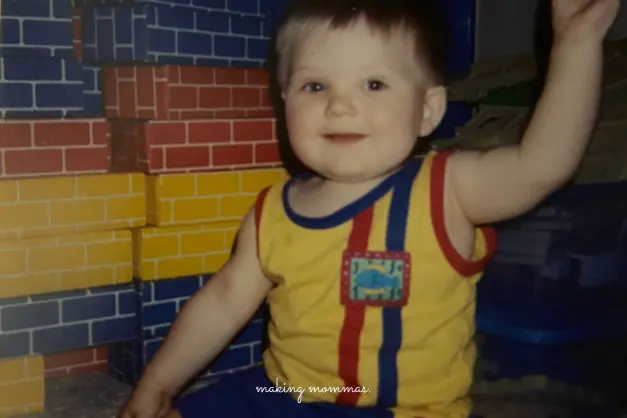
To create your own filler activities, first consider your family values and the values you uphold as a stay-at-home mom (sahm). These activities should promote and reflect these values, providing an opportunity to instill them in your child.
For instance, if you value creativity, you might incorporate activities such as arts and crafts or creative writing. If health and fitness are important to you, consider adding outdoor games or nature walks as a part of your routine.
Next, assess the amount of time you have available for these activities. Some activities, like reading a book or doing a puzzle, can be done in short bursts while others, like a family cooking session or a DIY project, might need a larger chunk of time.
Balance your schedule with a mix of both short and long-term activities based on your availability.
Lastly, remember there is no one-size-fits-all! Each family is unique, and what works for one might not work for another.
Feel free to experiment, adapt, and modify activities to suit your family’s needs and interests. The goal is to create a fulfilling and fun routine that contributes positively to your child’s growth and development.
You know your family best, so trust your instincts and get creative!
What Are Filler Activities for Toddlers?

Filler activities for toddlers are engaging, simple, and short-term activities designed to keep your little ones entertained, stimulated, and learning. They are an excellent tool for fostering creativity, developing motor skills, and introducing new concepts in a fun and interactive way.
Here are a few examples of filler activities suitable for toddlers:
- Sensory Play: Create a sensory bin filled with different objects like pompoms, cotton balls, or buttons. This activity promotes tactile experiences and can be customized based on your toddler’s interests.
- Color Sorting: Provide your toddler with a variety of colored toys or objects and have them sort into different color categories. This activity aids in color recognition and categorization skills.
- Building Blocks: Encourage your toddler to build towers or structures using blocks. This activity improves spatial awareness and motor skills.
- Basic Puzzles: Introduce puzzles with large pieces that are easy for small hands to manipulate. This activity promotes problem-solving skills.
- Finger Painting: Allow your toddler to create art using non-toxic finger paint. This activity fosters creativity and fine motor skills.
Remember, the goal of these activities is to provide a fun learning experience for your toddler. The focus should be on the process rather than the outcome. So, let your child explore, experiment, and enjoy!
What Are Filler Activities for Preschoolers?
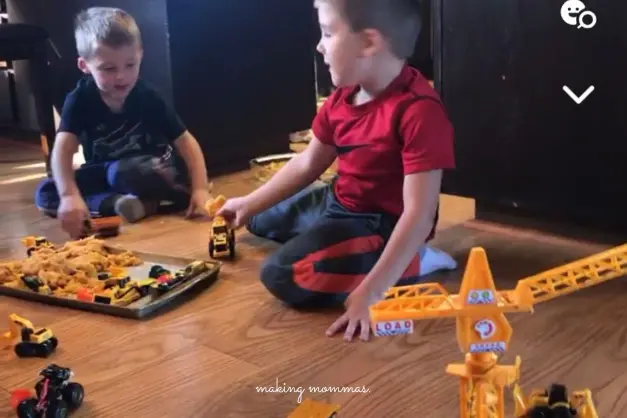
Filler activities for preschoolers are quick, engaging undertakings that keep children entertained while also promoting cognitive and motor skill development. They are designed to be more complex than toddler activities, aligning with the advanced developmental stage of preschoolers.
Here are some examples of filler activities suitable for preschoolers:
- Letter and Number Recognition: Use flashcards or educational games to introduce your preschooler to letters and numbers. This activity helps to lay the groundwork for early reading and math skills.
- Nature Walks: Encourage your preschooler’s curiosity about the natural world with guided nature walks. Identify different plants, animals, and natural features. This activity promotes observational and analytical skills.
- Storytelling: Have your preschooler recount a favorite story or create their own. This activity aids in language development and imaginative thinking.
- Craft Projects: Engage your preschooler in simple craft projects using everyday materials. Crafting can boost creativity, fine motor skills, and spatial understanding.
- Simple Science Experiments: Conduct simple, safe experiments at home to introduce basic scientific concepts. This activity fosters curiosity, critical thinking, and a love for learning.
As with toddler activities, the emphasis should be on the process and enjoyment rather than on achieving a certain outcome. These activities should stimulate curiosity, foster a love for learning, and make the process of acquiring new skills fun and engaging for your preschooler.
What are Filler Activities for Kindergarteners?
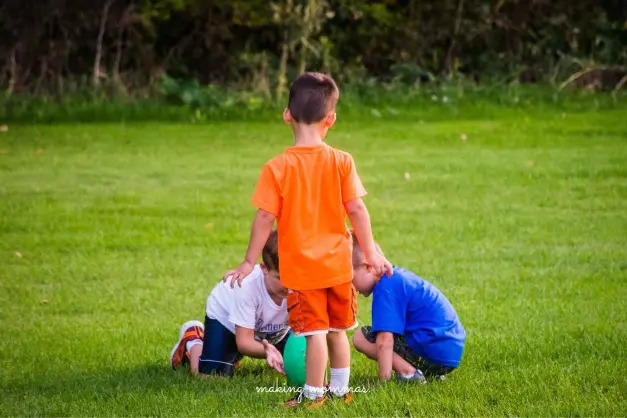
Filler activities for kindergarteners are geared towards refining the skills they have learned during their toddler and preschool years, while introducing new, more complex concepts that prepare them for the elementary school stage. These activities are designed to be educational, entertaining, and stimulate broad cognitive development.
Here are a few examples:
- Reading Time: Reading simple books with your kindergartener can help improve their vocabulary and comprehension skills. It also fosters a love for reading from an early age.
- Math Games: Simple math games, like counting objects or solving easy problems, can make learning numbers and basic arithmetic fun.
- Outdoor Exploration: Activities like scavenger hunts or gardening can provide hands-on learning experiences about nature and the environment.
- Arts and Crafts: More complex projects, like building a birdhouse or creating a collage, can help develop fine motor skills and creativity.
- Cooking Activities: Simple, supervised cooking activities teach kindergarteners about food, measurements, and following instructions.
- Dramatic Play: Role-playing or puppet shows can expand a child’s imagination, improve their social skills, and help them understand different perspectives.
Remember, the goal of these activities is not just to keep kindergarteners occupied, but also to engage them in productive learning and make fundamental skills more practicable in a fun, relaxed environment.
Can Filler Activities Be Educational?
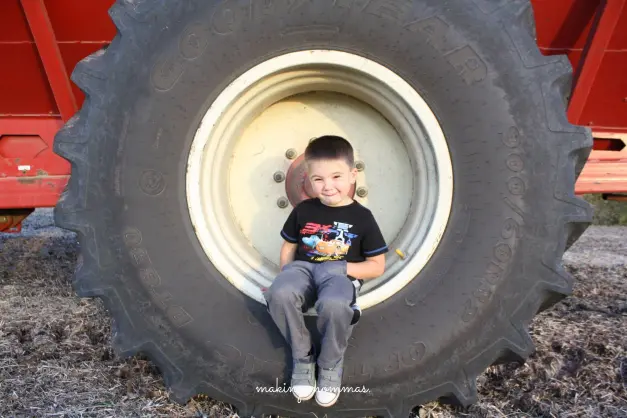
Absolutely! Filler activities are not just a means to pass the time, but can be an excellent opportunity to reinforce learning in an informal and relaxed setting. They can be used to solidify the understanding of previously taught concepts, foster creativity, and develop problem-solving skills.
Plus, filler activities like puzzles, word games, or simple research tasks encourage independent learning and can boost a child’s confidence in their abilities.
Thus, when carefully chosen and effectively implemented, filler activities can be educational and engaging, making learning a more enjoyable experience for children.
How to Keep Filler Activities Fun and Engaging?
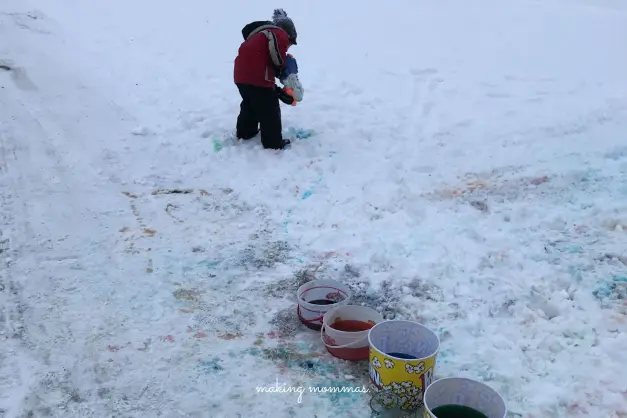
Keeping filler activities fun and engaging involves a mix of creativity, variety, and relevance. It is important to consider the interests of the children – activities related to their hobbies or favorite things are more likely to catch their attention.
Incorporating a competitive element, such as a game or challenge can also add an exciting twist. Equally important is ensuring that the activities are age-appropriate and achievable, thereby fostering a sense of accomplishment.
And changing the activities regularly will prevent boredom and maintain interest.
Lastly, remember to provide positive feedback and encouragement, as this will motivate the children and make learning a positive experience.
What Are Some Examples of Filler Activities for Different Age Groups?
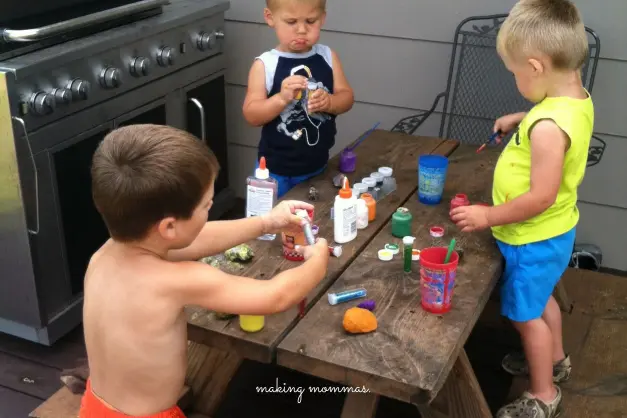
For pre-school children, activities can include simple crafting tasks, picture coloring, or basic shape puzzles. These not only entertain but also help develop motor skills and shape recognition.
For elementary school-aged children, word searches, crossword puzzles, or math riddles can be effective. These exercises reinforce language and arithmetic skills in a fun, gamified way.
Middle and high school students might be more engaged with activities that incorporate technology, like trivia quizzes on educational apps, or research tasks on a topic of their interest. These activities foster independent learning and critical thinking skills.
Indeed, the key is to choose filler activities that are not only enjoyable but also align with the developmental needs and interests of each age group.
How to Rotate Filler Activities to Avoid Boredom?
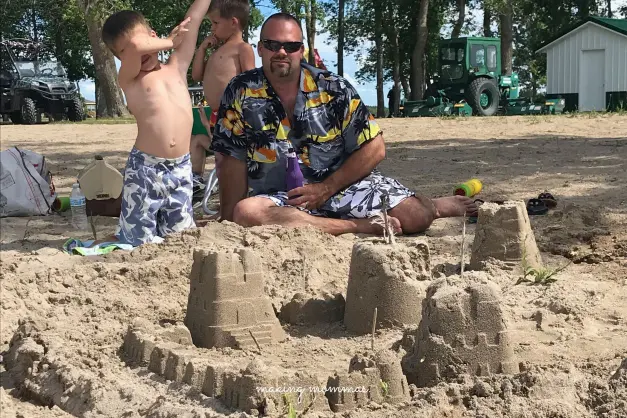
To prevent getting bored and keep things interesting, it’s important to mix up your filler activities. You can do this by creating a schedule or chart and dividing your activities into different categories like educational, creative, physical, and so on.
Try to have a variety of activities each day. And don’t be afraid to try new things!
Consider activities that match the season or relate to current events or holidays. You can even let your kids have a say in what activities they want to do sometimes.
This can make them more engaged and feel like they have ownership. Lastly, keep track of which activities are the most fun and successful, and try to include similar ones in the future.
What Are Some Affordable Filler Activities?
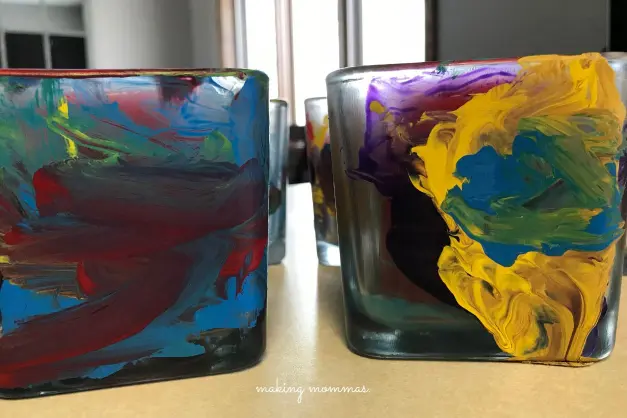
There are numerous affordable filler activities that can be enjoyable and educational. For instance, a nature walk can be a fun, free way to learn about the local environment.
DIY craft projects using recycled materials encourage creativity and sustainability. Online resources provide a wealth of free educational games and activities suitable for various age groups.
Library books offer endless opportunities for learning and entertainment. Cooking or baking simple recipes together can also be an inexpensive and educational activity.
Remember, the focus should be on creating meaningful experiences without necessarily spending too much.
How to Handle Children’s Resistance to Filler Activities?
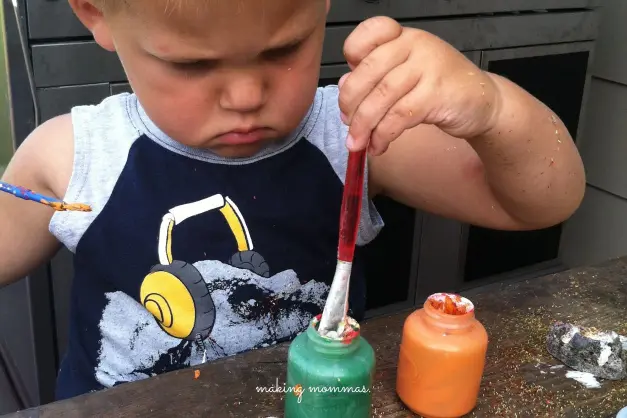
Children’s resistance to filler activities can be managed by employing a few strategies.
Firstly, ensure the activities are age-appropriate and align with the child’s interests. If a child shows resistance, it could be because they find the activity either too challenging or too simplistic.
Secondly, introduce new activities gradually. Abrupt changes can be overwhelming for kids.
Allow them to acclimate to a new task or project.
Thirdly, incorporate choice wherever possible. Giving children the power to choose can make them more invested in the activity.
Lastly, try to turn the activity into a game or a friendly competition. Making it fun is the key to overcoming resistance.
Remember to be patient and flexible, understanding that every child is different and it may take some trial and error to find what works best.
What Are the Benefits of Filler Activities?
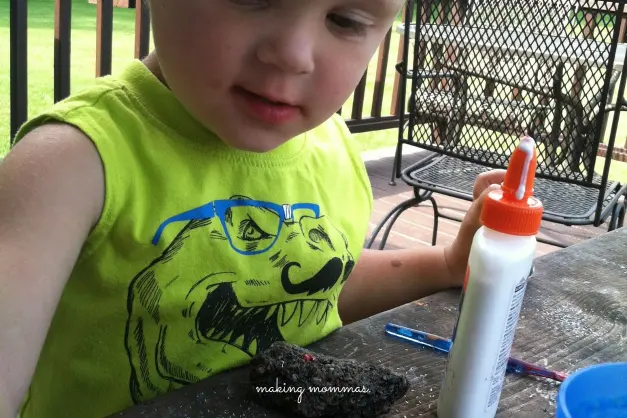
Filler activities are great for kids!
First off, they really get those little brains working and boost creativity. Plus, they give a break from the usual tasks and bring a sense of accomplishment.
That’s not all, though. These activities also help kids develop critical thinking and problem-solving skills.
And if you throw in some crafting or building, they’ll even improve their fine motor skills.
Social skills? Yep, they’ve got that covered too, especially when done in groups.
Teamwork and cooperation for the win!
Oh, and did I mention that filler activities make learning super fun and engaging? They’re great for introducing new concepts or reinforcing old ones in an enjoyable way.
So, go ahead and embrace the awesomeness of filler activities!
At the End of the Day…
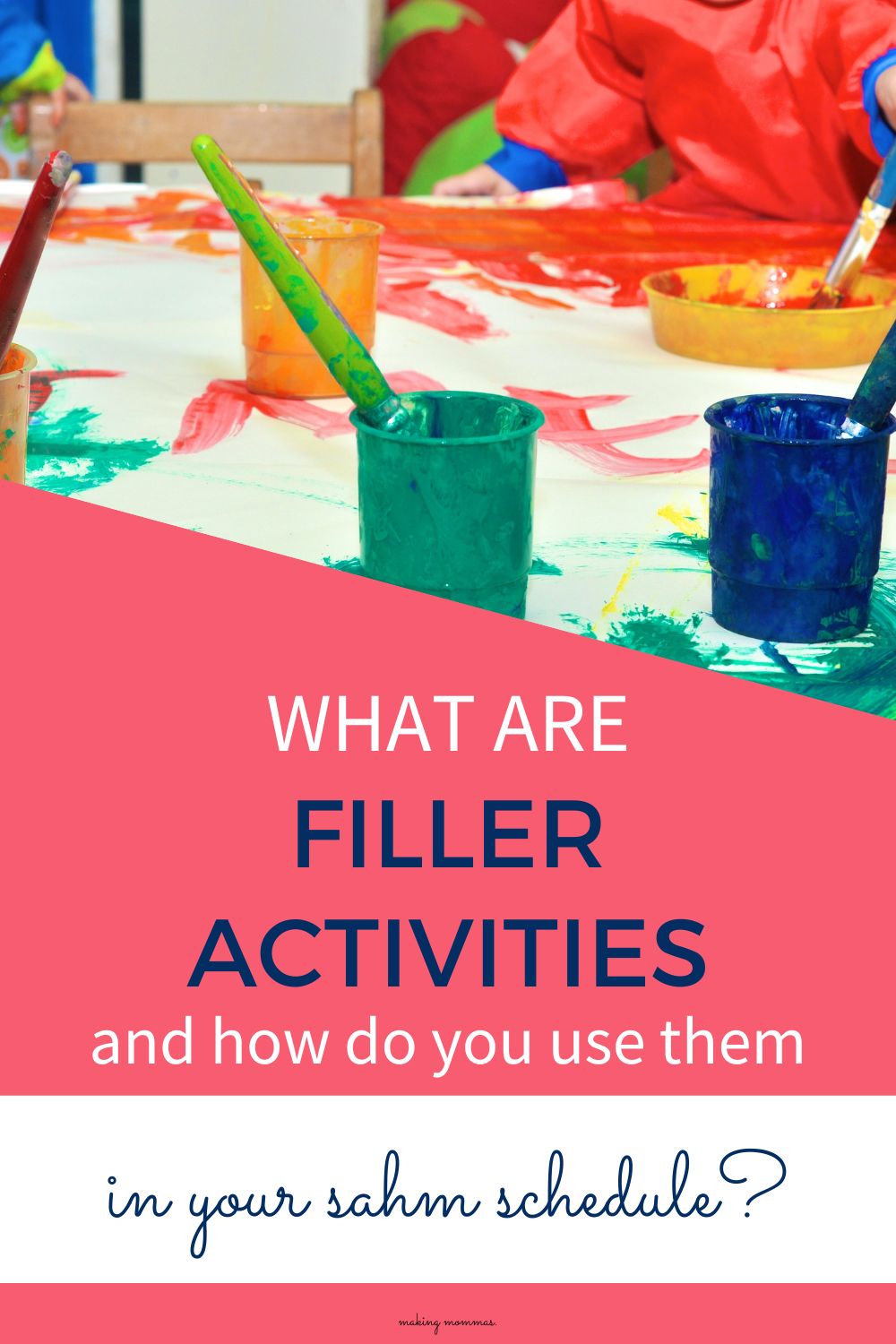
At the end of the day, what really matters is nurturing a love for learning in our kids. When we choose and implement thoughtful filler activities, we can make learning not just rewarding but also enjoyable.
These activities offer a break from the usual routine, spark creativity, and develop crucial life skills.
But let’s remember, the true triumph lies not in the activity itself, but in the excited eyes, lively conversations, and eager participation of our little ones! Because, when all is said and done, it’s not just about what we teach them, but how we inspire them to learn.
So let’s keep that in mind and keep on nurturing that curiosity and passion for knowledge!
Before You Go!

Rediscover Joy & Fulfillment in Your Everyday Life!
Join the Happy Sahm Community and receive valuable resources and tools to enhance your role as a SAHM.
Join our vibrant Happy Sahm Community today!
By becoming a part of our supportive network, you won’t just gain the camaraderie of other caring moms, but you’ll also receive our monthly sahm units brimming with creative filler activities and comprehensive educational lesson plans specifically tailored for toddlers and preschoolers!!
Don’t miss this golden chance to make parenting a joyful journey.
Just enter your email address above and start enriching your little one’s learning experience today!
More on Filler Activities
The Sahm’s Quick Guide to Preschool & Daycare Schedules (and how to copy them!)
Wanna Create the Best Ever Stay at Home Mom Schedule? Here’s How!
The SAHM Toy Guide: 31 Surprising Children’s Products to Help You Crush It as a SAHM!
The Best Summer Toys for Fun, Quality Time with Your Kiddos
The 17 Best Financial Literacy Books to Teach Your Preschooler About Money
